Anger Management Toolbox by Pavel Somov
$219.99 $62.00
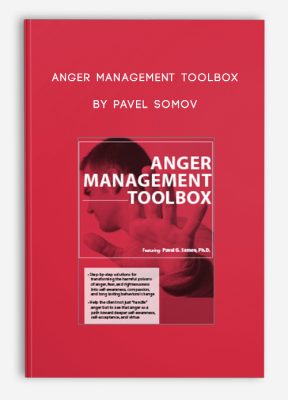
Anger Management Toolbox by Pavel Somov
**More information:
Get Anger Management Toolbox by Pavel Somov at Salaedu.com
Description
- Step-by-step solutions for transforming the harmful poisons of anger, fear, and righteousness into self-awareness, compassion, and long lasting behavioral change
- Help the client not just “handle” anger but to use that anger as a path toward deeper self-awareness, self-acceptance, and virtue
- Jumpstart the hard clinical work of anger management using an original, four-session mindfulness path to motivate change
Anger management expert and author, Dr. Pavel Somov has created a four session anger management program for these difficult to treat clients. This humanistic and solution-focused approach introduces four core mindfulness-powered change modalities: Impulse Control Training, Choice Awareness Training, Symbolic Threat Inoculation and Somatic Emotional Self-Regulation Training. These sessions are designed to quickly capitalize on the clinical encounter and make the most clinical mileage out of short-term anger management treatment. Jumpstart your practice and gain the skills necessary to frame clinical objectives in a motivationally-enhanced, ego-syntonic and nonthreatening manner.
You will also explore six anger management interventions for long-term treatment clients, including those with the latest research findings in neuroscience on mirror neurons. End the recording with a discussion of various Eastern methods of keeping calm and cultivating compassion.
ASSESSMENT & CLINICAL FRAMING
Evolution of Anger
- Anger as a Biological Invention
- Dualistic Thinking (Skinthink)
- Concept of Self & Others
- Fundamental Attribution Error
Body-Mind of Anger
- Brain View
- Body View
- Mind View
- Heart View
Anger as Fear
- Real Fears
- Symbolic Fears
- Courage of Acceptance
- Escape of Action (“To act out is to run”)
Anger as a Solution
- Self-Defense
- Emotional Self-Regulation
- Social/Relational Boundary Regulation
12 Types of Anger
- Normal
- Perfectionistic
- Narcissistic
- Control
- Neurotic
- Self-Righteous
- Paranoid
- Ruminatory
- Internalized
- Externalized
- Passive
- Organic
Anger as a Convenient Clinical/Growth Opportunity
- Clinical Access Point
- Conceptual/Diagnostic Frame
- Progress Marker
Framing of Anger Management Objectives
- Mood/Affect Stabilization
- Relational Stabilization
- Impulse Control
- Damage Control
SHORT-TERM ANGER MANAGEMENT
- Mindfulness-Based Impulse Control Training
- Choice Awareness Training & Pattern Interruption
- Symbolic Threat Inoculation
- Bottom-Up Self-Regulation
Nonperfectionistic Clinical Homework
- Trend Focus
- Precedent Focus
- Experiential Curriculum
- Real Life Anger Management Practice
LONG-TERM ANGER MANAGEMENT
- Attributional Retraining & Not Taking Things Personally
- Effort Acceptance & Not Feeling Shortchanged
- Learn from Fear & Rascal Sages
- Relativity Training for Righteous Anger
- Neurobehavioral Empathy Training & Mirroring
- Neuroendocrine Time-Out & Social Fasting
EASTERN ANGER MANAGEMENT
From Anger to Compassion
Eastern Equanimity
- Vipassana
- Metta
- Syadvada
- Wu Wei
- Beginner’s Mind
More information about Medical:
Medicine is the science and practice of establishing the diagnosis, prognosis, treatment, and prevention of disease.
Medicine encompasses a variety of health care practices evolved to maintain and restore health by the prevention and treatment of illness.
Contemporary medicine applies biomedical sciences, biomedical research, genetics, and medical technology to diagnose, treat, and prevent injury and disease,
typically through pharmaceuticals or surgery, but also through therapies as diverse as psychotherapy, external splints and traction, medical devices, biologics, and ionizing radiation, amongst others.
Medicine has been around for thousands of years, during most of which it was an art (an area of skill and knowledge) frequently having connections to the religious and
philosophical beliefs of local culture. For example, a medicine man would apply herbs and say prayers for healing, or an ancient philosopher and physician would apply bloodletting according to the theories of humorism.
In recent centuries, since the advent of modern science, most medicine has become a combination of art and science (both basic and applied, under the umbrella of medical science).
While stitching technique for sutures is an art learned through practice, the knowledge of what happens at the cellular and molecular level in the tissues being stitched arises through science.
1 review for Anger Management Toolbox by Pavel Somov
Add a review Cancel reply
Related products
HEALTH - FITNESS - LIFESTYLE - MEDICAL
HEALTH - FITNESS - LIFESTYLE - MEDICAL
HEALTH - FITNESS - LIFESTYLE - MEDICAL
HEALTH - FITNESS - LIFESTYLE - MEDICAL
HEALTH - FITNESS - LIFESTYLE - MEDICAL
HEALTH - FITNESS - LIFESTYLE - MEDICAL
HEALTH - FITNESS - LIFESTYLE - MEDICAL

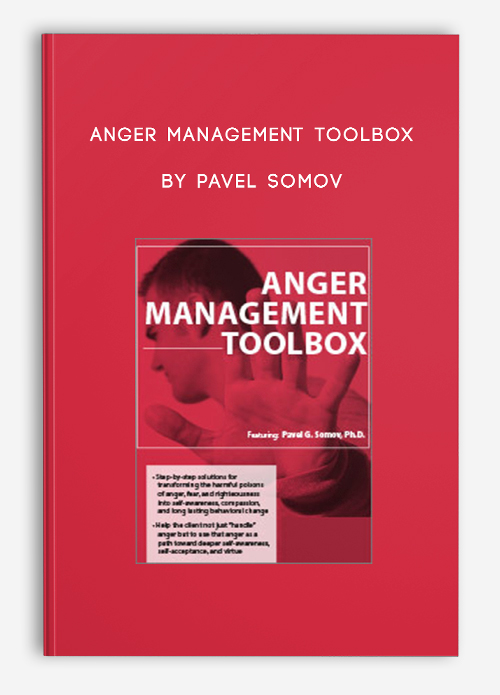


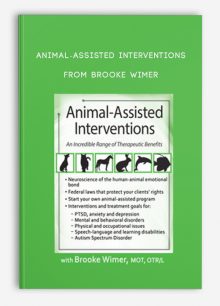
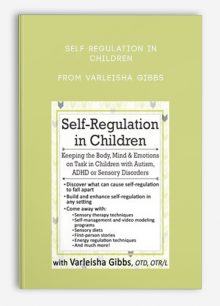


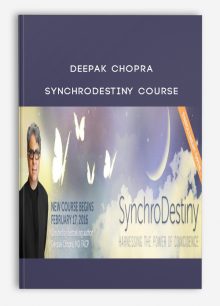

Trevis Trevis –
This is one of the most beautiful website and you can check the reviews of my website here: https://salaedu.com/clients-proof-and-reviews/